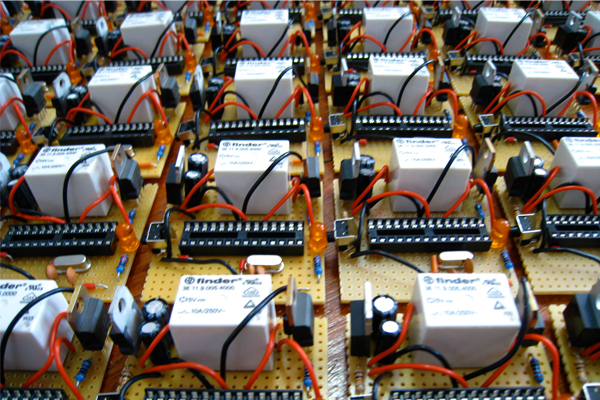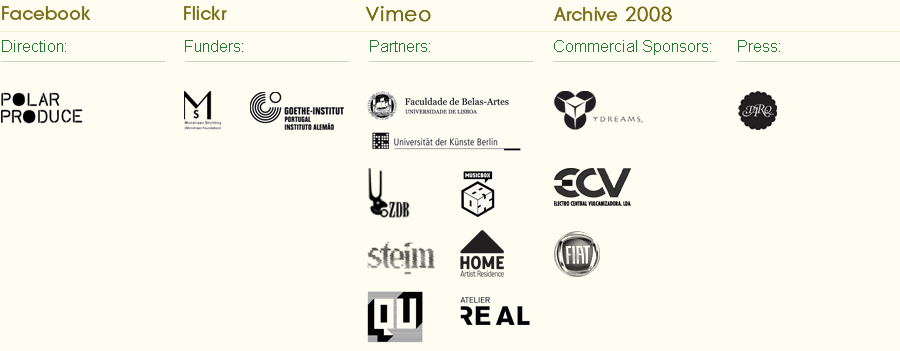 André Gonçalves, PT
André Gonçalves, PT
Trigger Happy
The ‘Laff Box’ was originally designed by Charles Doglass in the 1950s to produce artificial or canned laughter for TV. Reflecting on it uses, the philosopher Slavoj Zizek, tells the story of how arriving home from work, too exhausted to engage in a meaningful activity, he presses on the TV power button and stares. This action, leaded to one of his many texts on the influences different media tools, have on our sense of being and the ways we express our emotions. Consequently for Zizek our “most intimate feelings can be radically externalized, I can literally laugh and cry through another”, in this case the TV, it provides the relief, it laughs for us. However media devices, simply do not ‘take away’ our ability to express emotions, reducing us to apathetic receivers. Zizek quoting his collaborator, the art theorist Robert Pfaller, notes that the actual ‘threat’ of ‘new media’ lies in their ability to do almost the opposite, they “deprive us of our passivity, of our authentic passive experience, and thus prepare us for the mindless frenetic activity.” Within media discourse this frenetic activity what is commonly called ‘interactivity’, a term and activity which has become embodied in media usages as theaccepted and privileged way to engage, without necessarily considering what it actually means or leads too.
Trigger Happy” draws on the above thinking, the piece is a selection of sixty TV series drawn from the period 1950-2009. Each series uses canned laughter and a selection of one episode per series has been chosen. The episodes were downloaded and a small application created which allowed each one to be registered and stored, as time-coded, xml files. This is also visualized as a vector bar graphic, where the width of the black bars represents the ‘canned laughter’, insert times and total length of the graph, represents each series duration. From these sixty episodes the in-out points of the overdubbed canned laughter inserts was registered. One electronic circuit board was then made for each episode, which activated or deactivated a relay of sound and LED light.
About the artist:
Since the late 1990s, Portuguese artist, André Gonçalves has been working in several fields such as music, video, installation and performance. Gonçalves’ works explores the technical tools that inform our understandings of our selves and the worlds we inhabit. Oringally trained as a designer, he combines a strong graphic aesthetic with a self-taught, DIY approach to music, sound, programming and hardware hacking. This has lead to a body of work, which often recycles obsolete technologies, repurposing them to create works, which reference and comment on their original, cultural and meditational uses and influences. One of the most respected and prolific artists of his generation his work has been exhibited across the US, Europe and South America and was the 2004 receipt of the prestigious ‘Ernesto de Sousa Fellowship’ for experimental intermedia art. His discography includes releases on the labels Grain of Sound, Crónica Electrónica and Sirr (PT), Efervescence (FR), Cherry Music (JP), Winds Measure (US) and Antmanuv (CAN).
André Gonçalves, Trigger Happy, PT: UM Exhibition, Opening, Thur 12 Nov, 22hrs, ECV Fiat Garage (new space), Av. 24 de Julho, 60 [Santos], 1200-869. Exhibition runs to 27 Nov (Mon-Fri, 12-19hrs).





